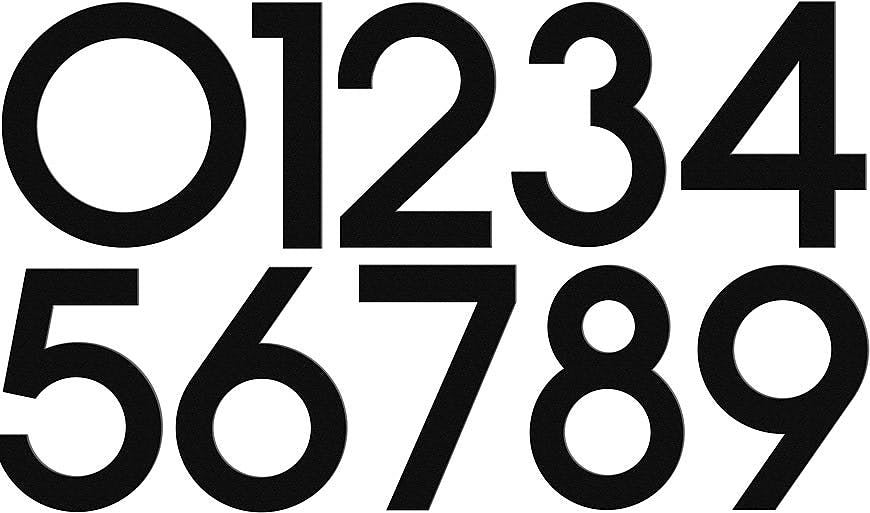Flames First Round Targets 2013: Elias Lindholm
By Kent Wilson
10 years ago
Aside from Sean Monahan, Elitersen rookie Elias Lindholm is perhaps the Flames most likely choice at 6th overall this coming June. Like Monahan and Aleksandr Barkov, Lindholm is a center with a offensive capabilities and an advanced two-way game. So, like the two targets we have already profiled, Lindholm ticks a lot of the organization’s boxes.
Unlike Monahan and Barkov, however, Lindholm isn’t a "big body", standing at about 5’11" and weighing 185 pounds. That doesn’t make him overly small, but it also means he’s not the ideal vision of strength and size down the middle.
Nevertheless, Lindholm is universally tabbed as one of the best talents in this draft. International scouting service ranks him the 7th best skater available, while central scouting has him the third best European skater behind Barkov and Valery Nichushkin. Corey Pronman placed him 6th overall while the consensus amongst the various sources collected for the NHLNumbers rankings placed Lindholm 5th.
Surface stats seem to back up the scouts. Lindholm was the higest scoring teen in the Elitersen (SEL) this year with 30 points in 48 games. Former draftees Niklas Jensen (23 points) and Sebastion Colberg (9 points) trailed Lindholm despite being older and more established. Elias was also only one of three kids to score more than 20 points in the league this year and was the youngest of the three.
Aside from the KHL, the Swedish Elite League is the toughest non-NHL pro competition on the planet, so any youngster who has success there is automatically noteworthy.
The Scouting Reports

Lindholm’s scouting profile is dominated by discussions of his compete level, intelligence and two-way game. Corey Pronman had these notes on Lindholm in his ranking:
Lindholm, like Barkov, is a uniquely advanced player for his age. He had a special season for an 18-year-old in the Swedish Elite League, often recording over 20 minutes per game as a premier scoring option for Brynas. He has high-end offensive skills, displaying plus skating ability. He regularly shows his speed in transition, and he can pressure defensemen quickly on the forecheck. Lindholm has great hand-eye coordination and he can really dangle with the puck. His ability to make plays in tight spaces is very impressive. Lindholm’s two-way hockey sense is also high end, as he is a great offensive playmaker. He sees the ice at a high level, and he knows where to position himself in the offensive end.
In his own zone, he makes good reads, and he commits to staying with his assignments. As with most young players, he needs to continue to get stronger. That said, he is fairly firm on the puck, and he can muscle players off of it defensively as well. He is a tad undersized, and that is his one notable weakness.
The key differentiating feature between Lindholm and guys like Barkov and Monhahan is not only size but skating: while the other two guys are bigger and stronger, their skating is also usually characterized as average. Lindholm, however, is frequently described as having above average quickness.
In researching Lindholm, I also approached a couple of Swedish scouts/writers for their insight. First up is Uffe Bodin, editor of Hockeysverige.
Elias Lindholm had a strong rookie season with reigning champs Brynäs. He was especially good during the fall, early October, when he finally got a shot at playing real minutes. For the first few weeks, he was used very sparringly as an extra forward, but after his coach put him on the wing with cousin Calle Jarnkrok, he took off and had a great impact on the team’s power play. Brynäs eventually got into a deep funk and had a really troublesome second half of the season, where they almost lost every game and came just an inch from missing the playoffs after being one of the top teams for the first half of the season. After coming back from the WJC, Lindholm’s production tailed off. He wsn’t playing poorly, but being an 18 year-old kid on a struggling team isn’t easy, especially when you’re suddenly expected to be one of the pillars on the team as a rookie.…Lindholm had 30 points in 48 games which have to be considered very good for an 18 year-old in a defensive league like the SEL. He showed flashes of brilliance during the season that made me think of Nicklas Backstrom, one of his boyhood idols. Lindholm is mainly a playmaker with really good instincts in the offensive zone. He seems to be one step ahead of a lot of his opponents and showed great chemistry with linemates Calle Jarnkrok and Andreas Thuresson during the first months of the season.The Peter Forsberg comparison is a bit unfair since we’re talking about one of the greatest Swedes that have ever played the game. I think the scout that made the comment meant that Elias Lindholm is pretty gritty and aggressive in his style. He doesn’t mind being physical or going into the painful areas on the ice. He’s also got a temper, which comes from being a stubborn player that really hates to lose.…As always, it’s hard to say how good this kid could be. I would guess that he will, at least, be a productive second line center in the NHL. A guy that plays good solid hockey in both ends of the ice and that could be used to set up the power play. He’s pretty all-round as a player and it’s hard to find ny real weaknesses or concerns, but one could be his health. He’s been hurt a bit a few times and I guess it has something to do with his physical play and the fact that he doesn’t shy away from the action.
Swedish fan and frequent twitterer Steffe G also supplied us with a detailed scouting report:
Skating ability: 8.0
While not a elite speed kind of skater, he’s got many other attributes when it comes to his skating abilities that will help him a lot in the next level of competition. He’s very agile, being able to twist and turn in and out of traffic while using the other tools in his toolbox to create offense.
Puck skills: 9.0
Can handle the puck at a high speed and in tough traffic, controls the play even when tightly checked along the boards, can play an up-tempo give-and-go style of play down low to make use of his linemates to create opportunities.
Passing ability: 9.0
Sees the ice extremely well, and is super smart. Can play the puck with hard, cris passes, quick give-and-goes, saucer passes, far out on his backhand, whichever way is needed to help him create offense.
Finishing ability: 8.0
Here, too, his intelligence is one of his biggest assets. Not the heaviest of shots, he is able to shoot "smart" and make the right decisions when to shoot. Definitely not a shoot-first player, he will sometimes pass up opportunities in order to set someone else up or just keep possession.
Defensive play: 7.0
Backchecks well, understands his assignments very well. Nothing out of the ordinary, but reads and reacts very well and is quickly switching his mind-set from offense to defense and vice versa in order to jump-start a play at any given time.
Physical play/intangibles: good
While he always tries – finishing checks, battling hard along the boards – he is not a punishing player. He’s strong on his skates, so he can protect the puck, and be relatively successful in board battles.
Elias’ top asset is his vision/smarts/decision-making. He sees the ice like few others, not only for passing purposes but he is able to help his teammates do better and create space for himself.
A terrific face-off man in junior, he has been playing on the wing at the SEL level which has led to an impossible evaluation of his face-off skills at the next level.
Short version: smart, agile, playmaker with a fairly advanced two-way game. Concerns are size, health and physical play.
The Numbers

Lindholm is amongst the upper echelon of prospects in terms of NHL equivalence (NHLE) this year, coming in at about 40 with Barkov thanks to the increased quality of the SEL relative to the SM-Liiga. That said, there is some cause for minor concern when we add context to his results.
First of all, eight of Lindholm’s 11 goals came on the PP, meaning he scored just 3 times at 5on5 this year. I can’t determine how much of his overall offense was garnerd on the PP nor what is the normal rate in the SEL for most forwards, but scoring just 27% of your markers at even strength is a bit of a red flag for me.
In addition, Lindholm fired just 77 shots on net in 48 games, or just 1.6/game, which means his shooting percentage was about 14.3% on the season. That’s a low shot rate and high SH% in the NHL, suggesting Lindholm is either a very accurate Tanguay-like shooter, or a guy who saw the bounces go his way this season. Add those up and it suggests his true goal scoring talent might be a little exaggerated by his output this year.
Lindholm averaged more than 16 minutes a game in the SEL, the sixth highest ice time amongst forwards on his team. As mentioned by Steffe above, however, Lindholm spent most of the season as a winger rather than a center, which makes truly grading his two-way game as a pivot problematic given the discrepency in responsibilities between centermen and wingers, typically. That said, the youngster won 58% of the draws took over the course of the season, for whatever that’s worth.
Conclusion
Lindholm has drawn Forsberg comparisons, but those are probably predicated more on playing style than a level assessment of his future impact at the NHL level. Keep in mind Lindholm is a December 1994 birthday, meaning he’s 8-10 months older than guys like Barkov and Nathan MacKinnon.
His season as an 18-year in a pro league is nevertheless still exceptional, even if we grant that his goal scoring at least was dependent on SH% and circumstances this year. Like most prospects, Lindholm has some minor concerns around his size and strength, but the fact that he was able to compete and thrive in a the SEL as a teen this year suggests that shouldn’t be a significant impediment for him going forward.
Flames First Round Targets
- Elias Lindholm
- Aleksandr Barkov
- Sean Monahan
Recently Around the Nation
Recent articles from Kent Wilson





